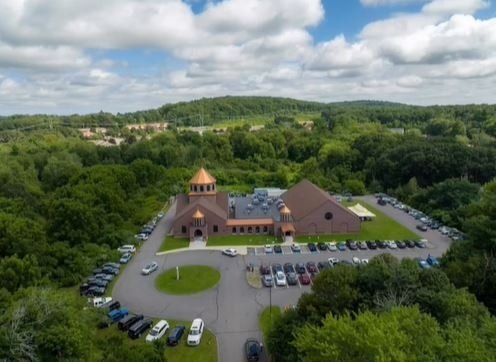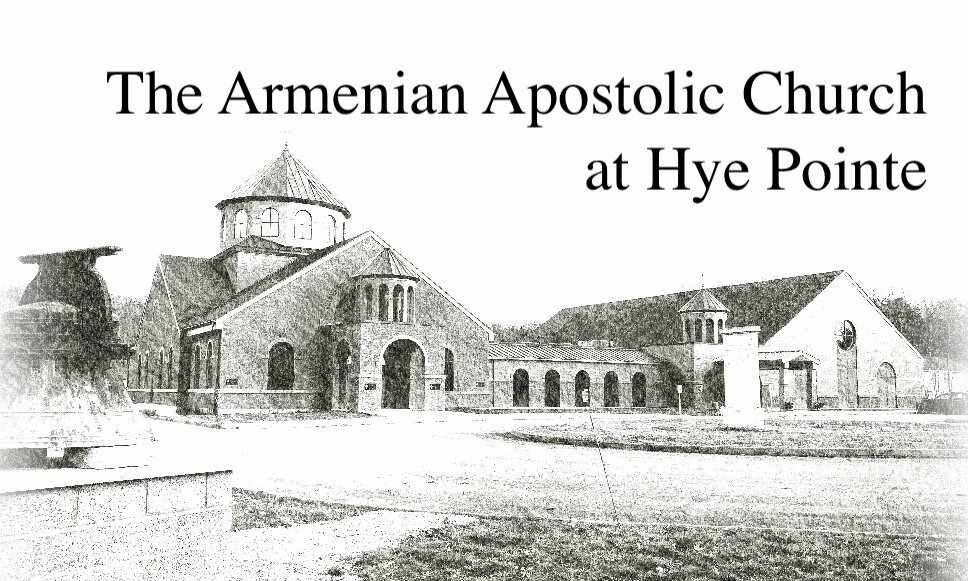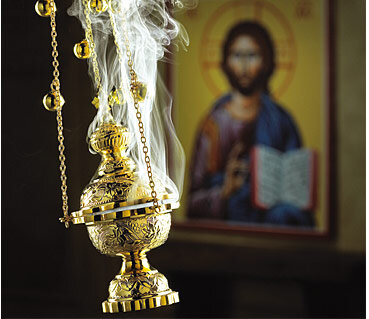LITURGY OF THE HOURS
The Liturgy of the Hours is the daily prayer of the Church, marking the hours of each day and sanctifying the day with prayer. The Daily Services in the Armenian Apostolic Church are made up of nine services: Night, Morning, Sunrise, Third Hour, Sixth Hour, Ninth Hour, Evening, Peace and Rest Services. In ancient times all nine services were offered every day, especially in monasteries. At present only Night and Morning Services together and Evening services are conducted in churches daily for the majority of the year. The Hours are a meditative dialogue on the mystery of Holy Trinity, using psalms, hymns, scripture and prayer. The dialogue is always held in the presence of God and using the words and wisdom of God.
DIVINE LITURGY – SOORP BADARAK – Holy Badarak
ՍՈՒՐԲ ՊԱՏԱՐԱԳ
“I am the living bread that came down from heaven. Whoever eats this bread will live forever. This bread is my flesh, which I will give for the life of the world.”
The Holy Badarak is the main worship service of the Armenian Church. But the Holy Badarak, as we call it in Armenian, is much more than that. It provides the most intimate encounter we can have with God in this life. In the Holy Badarak, Jesus Christ, the Son of God, comes to his people—to us—in two forms: First, by his Word, in the reading of the holy Gospel; and second, by his holy Body and Blood, in Holy Communion. These two actions—the reading of the Word of God, and the reception of Holy Communion—are the two pillars or building blocks of the Divine Liturgy in all ancient, apostolic churches.
Supported by these two pillars is a magnificent structure of words, music, symbols, and rituals. For those unfamiliar with it, the Holy Badarak can seem like a bewildering array of disjointed movements and rituals, and arcane theological terminology. The complex interplay of the celebrant priest, the deacons, the other altar servers, the choir, and the people might lead one to overlook the logic and purpose of the Divine Liturgy, and to miss its very real benefits.
Back in the 10th century, the great Armenian theologian Khosrov Antsevatsi eloquently described the importance of the Divine Liturgy when he wrote: “Since those who confess and show repentance receive atonement by means of the Holy Mystery [the Holy Badarak], and are reunited to Christ in order to become for Him Body and members, we should be eager for the great medicine.” The Holy Badarak is the great medicine that provides true meaning and direction for our lives. It offers the peace and solace that only God can give—a free gift to all of us.


